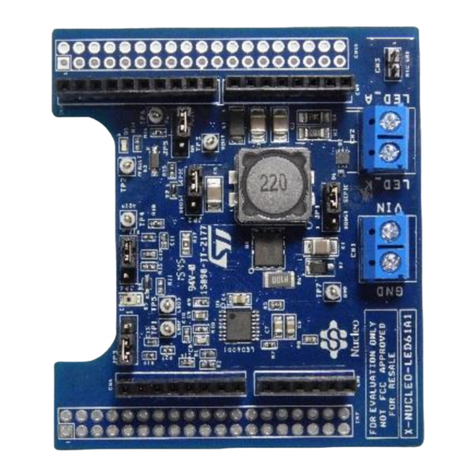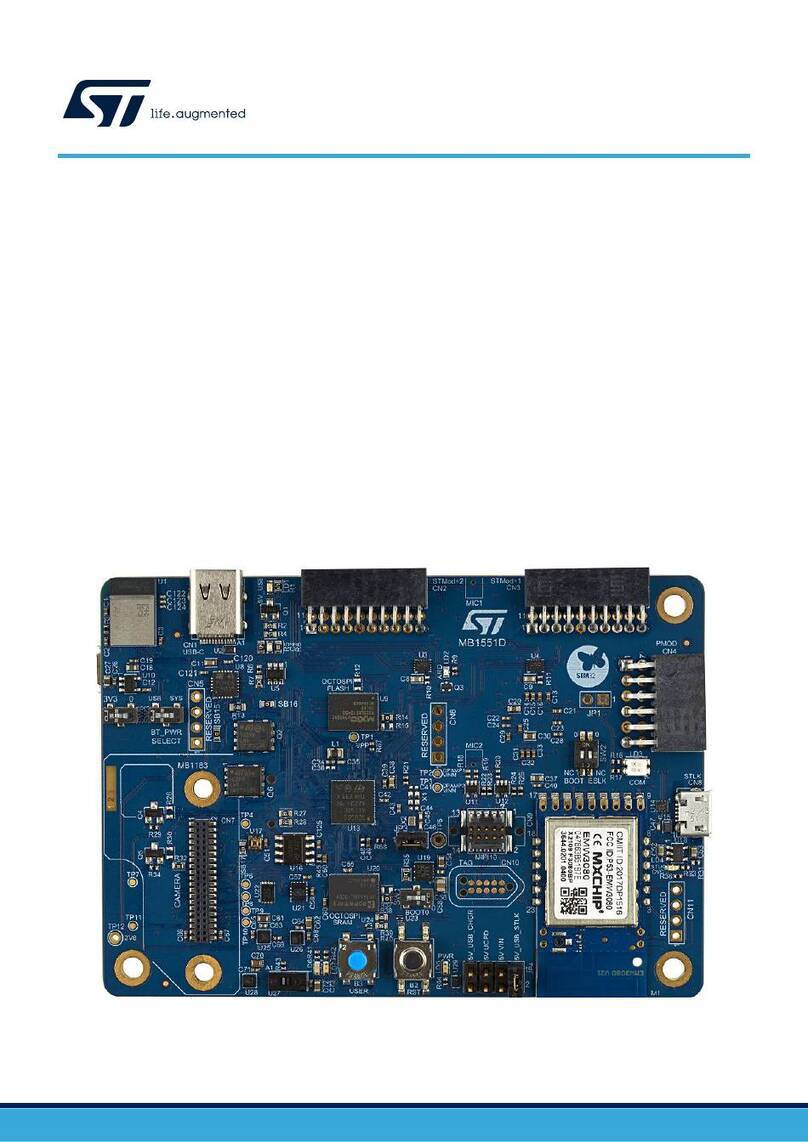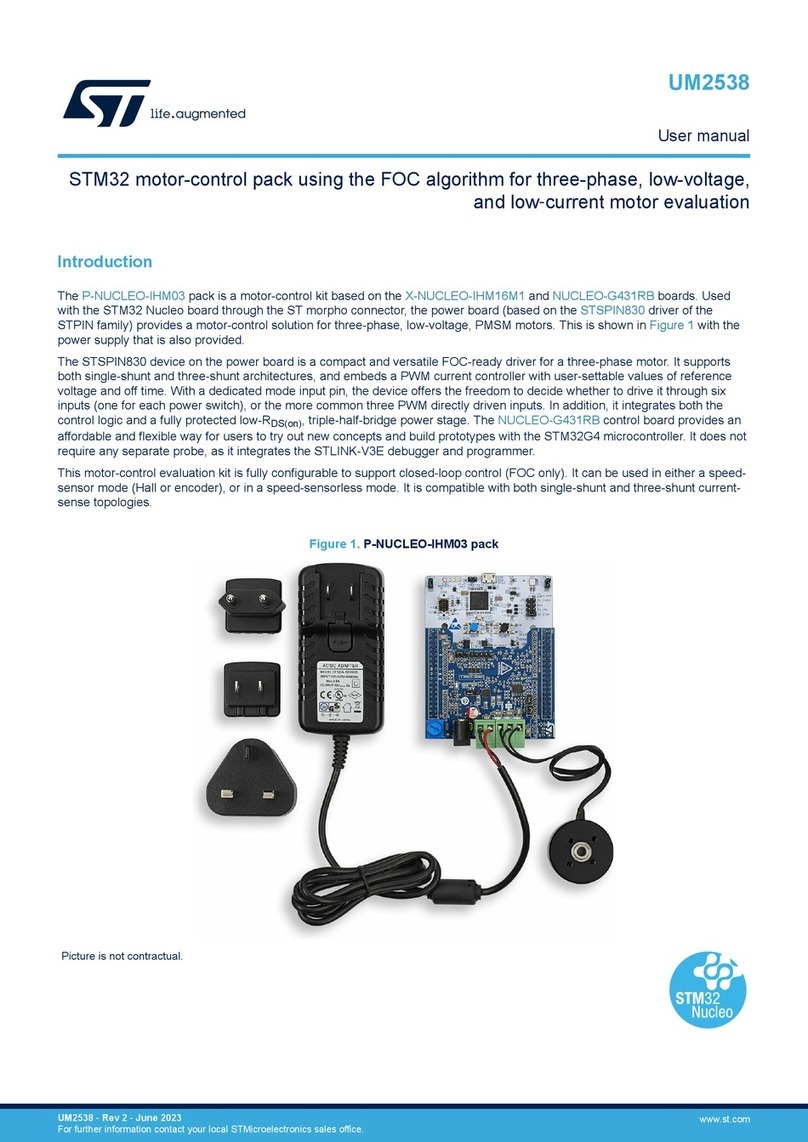ST STSW-ST25DV002 User manual
Other ST Computer Hardware manuals
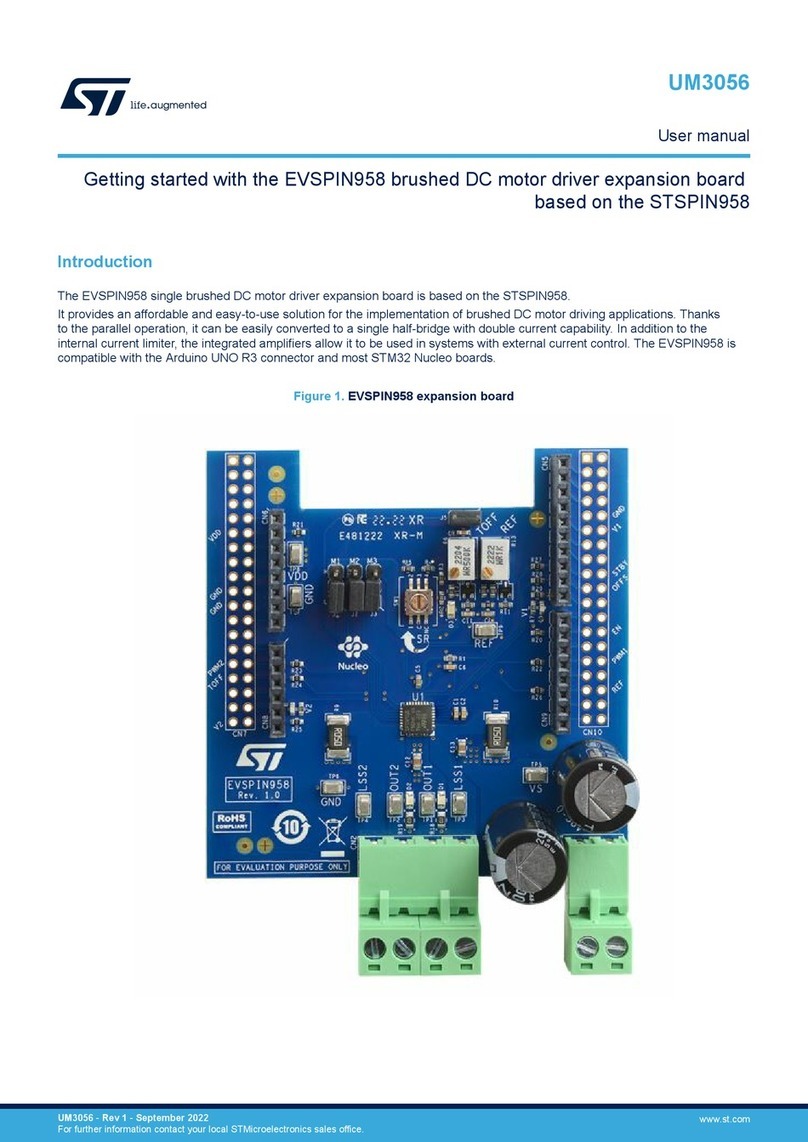
ST
ST EVSPIN958 User manual
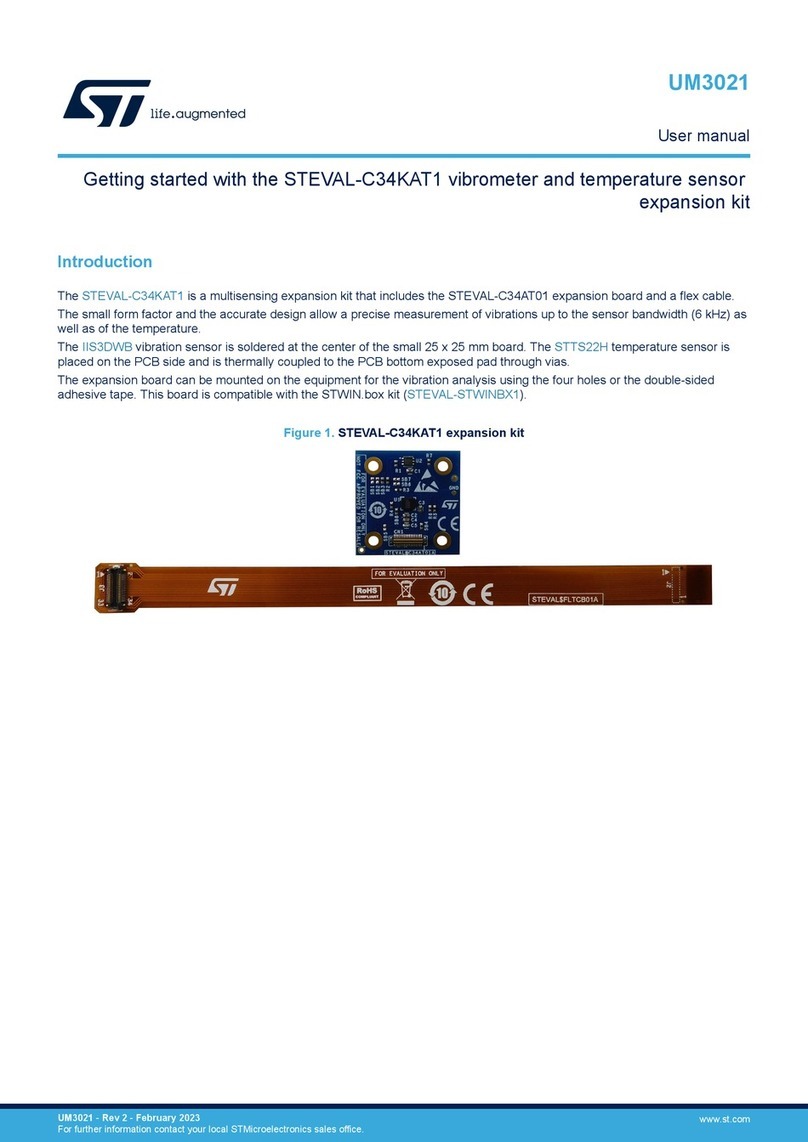
ST
ST STEVAL-C34KAT1 User manual
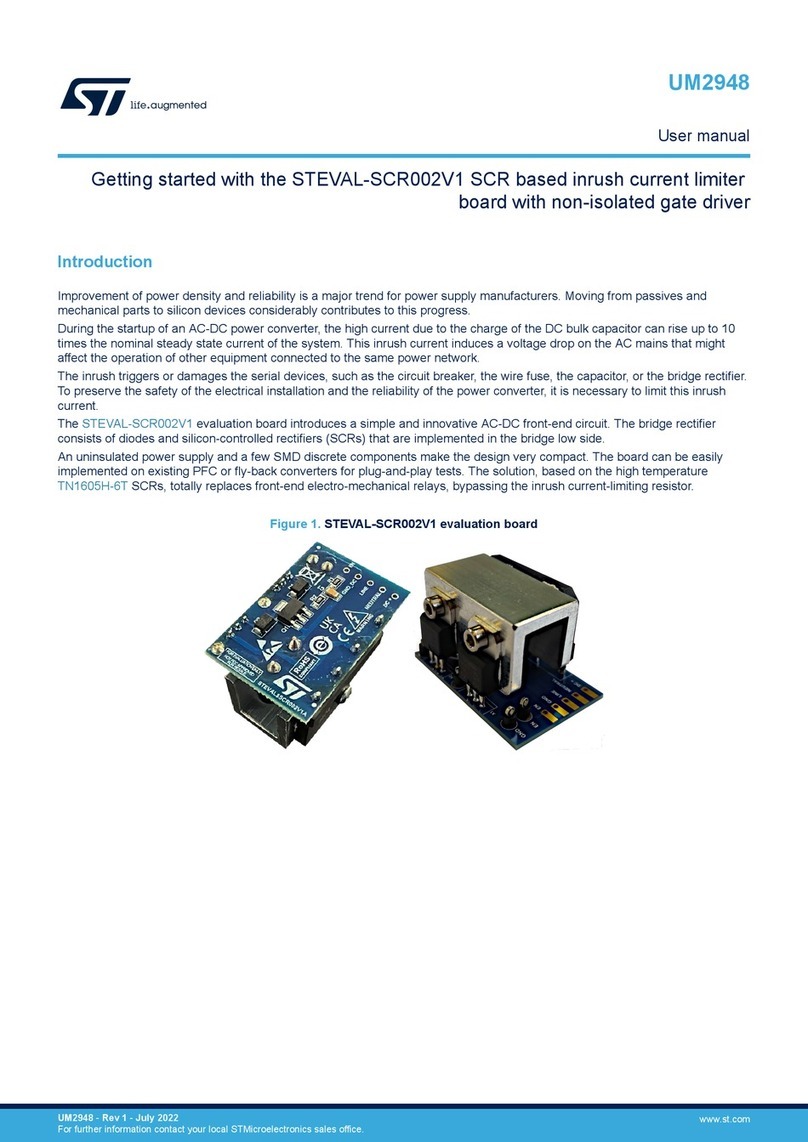
ST
ST STEVAL-SCR002V1 User manual
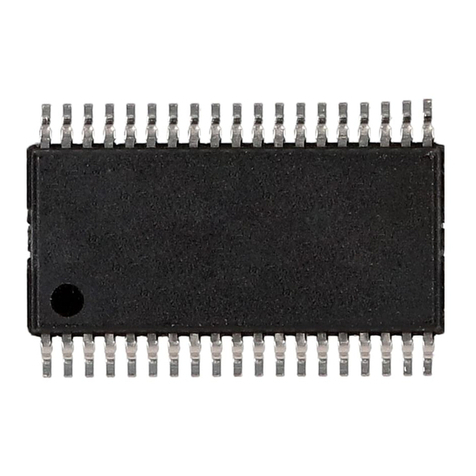
ST
ST HTSSOP38 User manual

ST
ST X-NUCLEO-NFC01A1 User manual
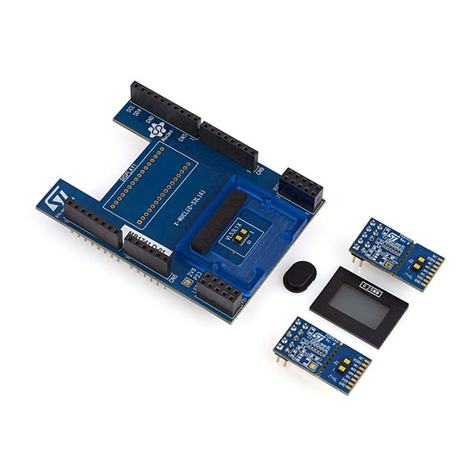
ST
ST X-NUCLEO-53L1A1 User manual
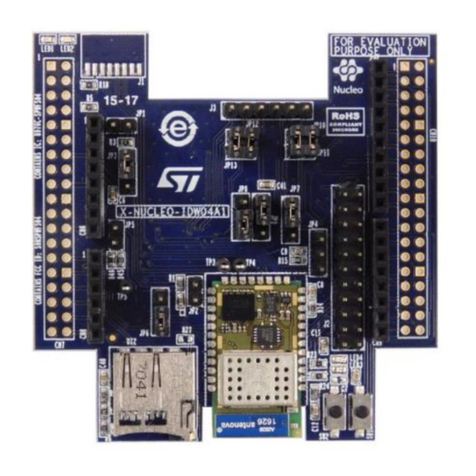
ST
ST X-NUCLEO-IDW04A1 User manual
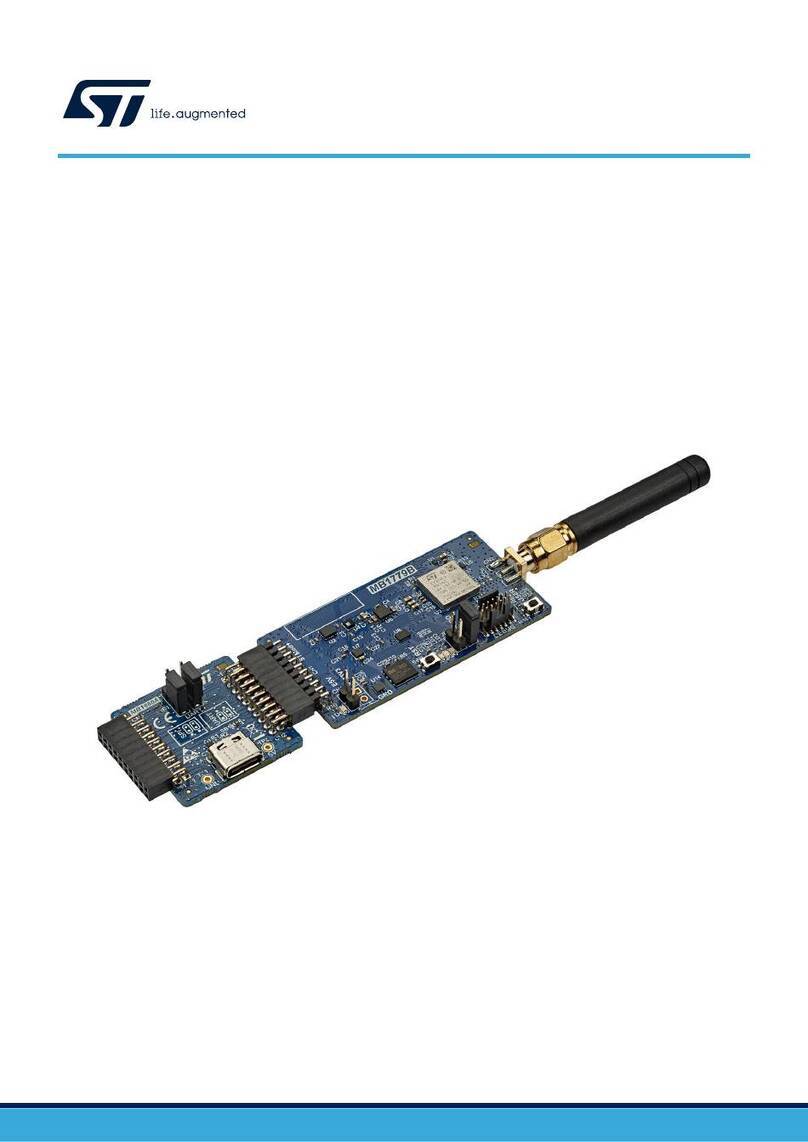
ST
ST STM32WL Series User manual
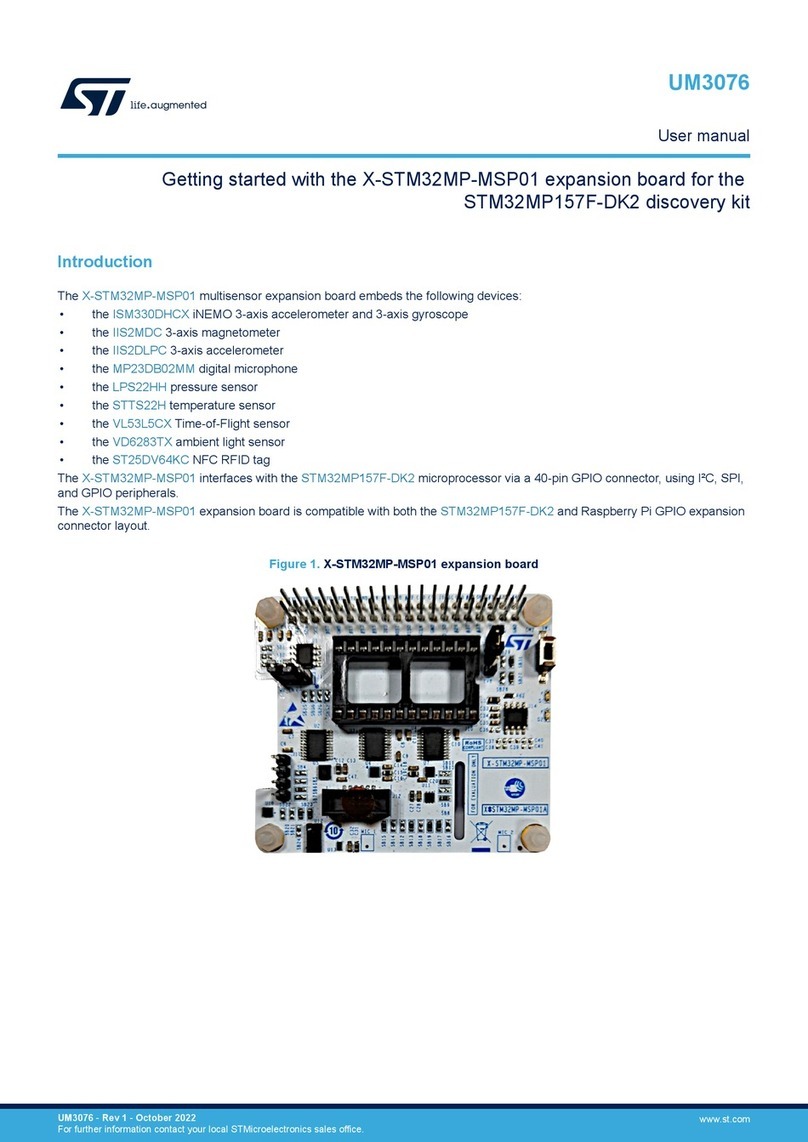
ST
ST X-STM32MP-MSP01 User manual

ST
ST STMPE2401 User manual
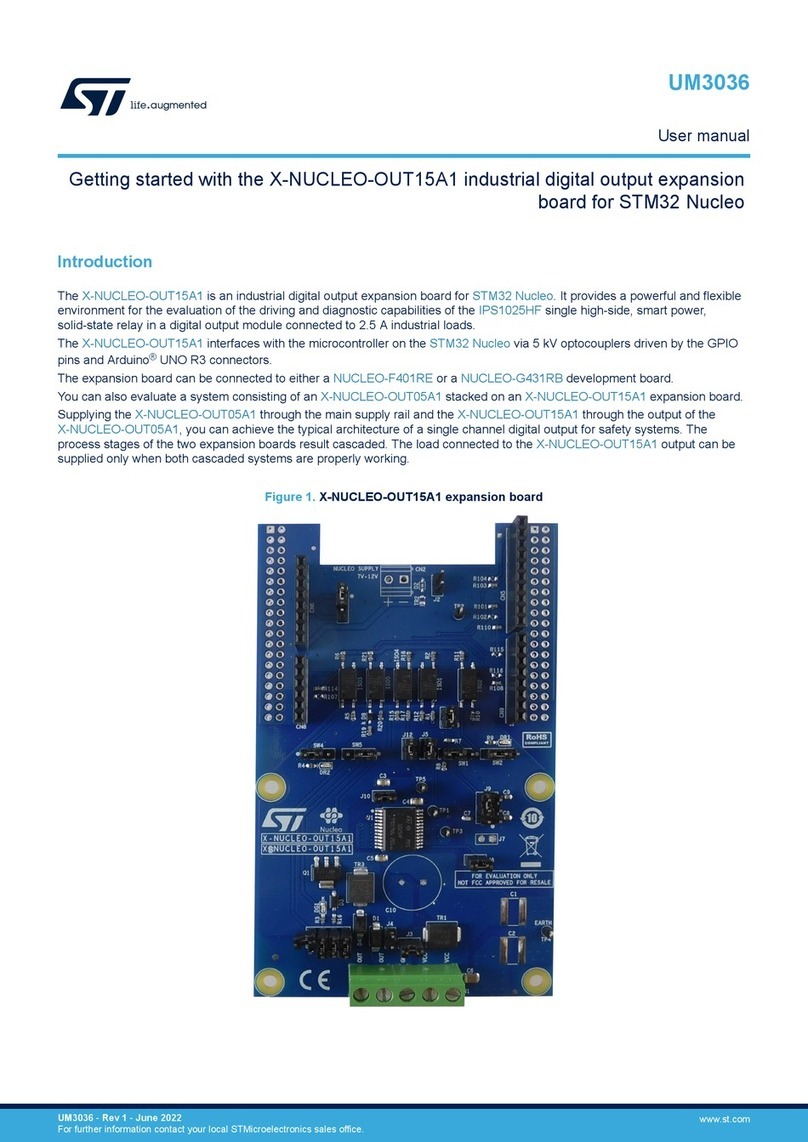
ST
ST X-NUCLEO-OUT15A1 User manual
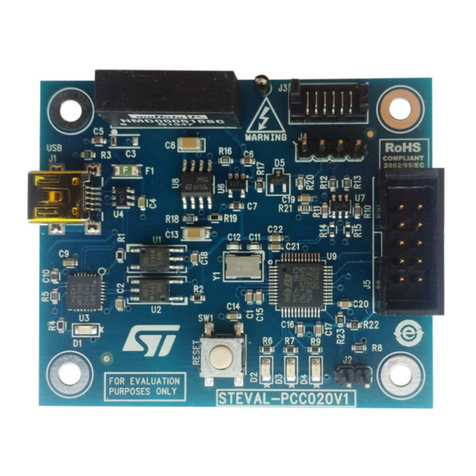
ST
ST PCC020V1 User manual
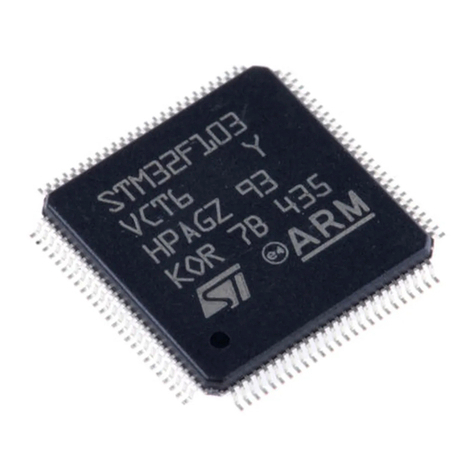
ST
ST ST32M103 Series User manual
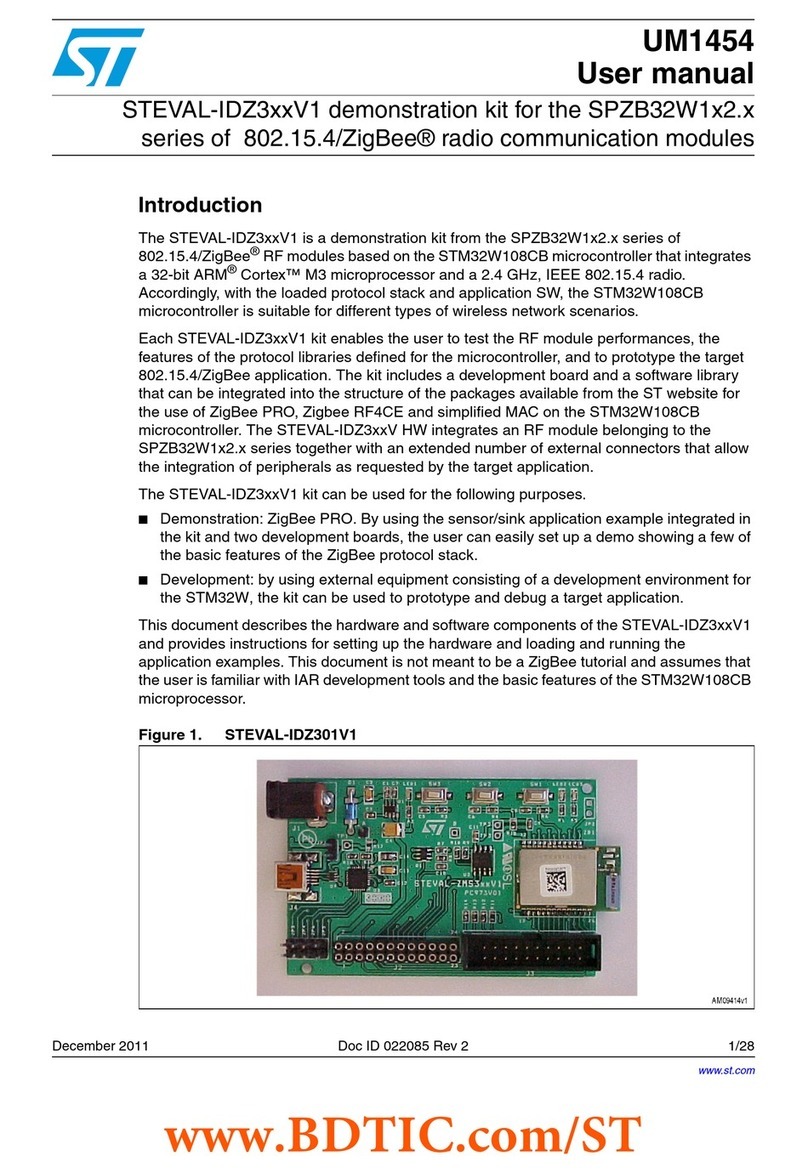
ST
ST STEVAL-IDZ3V1 Series User manual

ST
ST QFN20 User manual
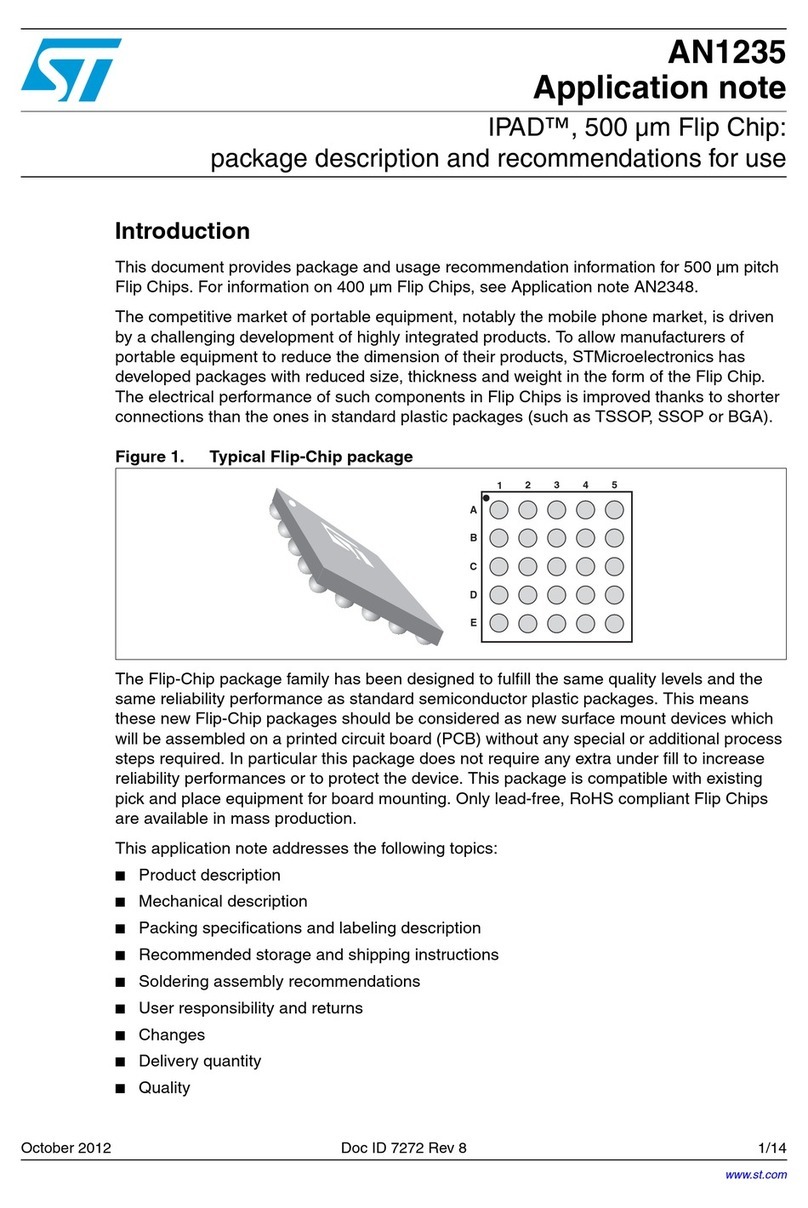
ST
ST AN1235 Installation and operating instructions
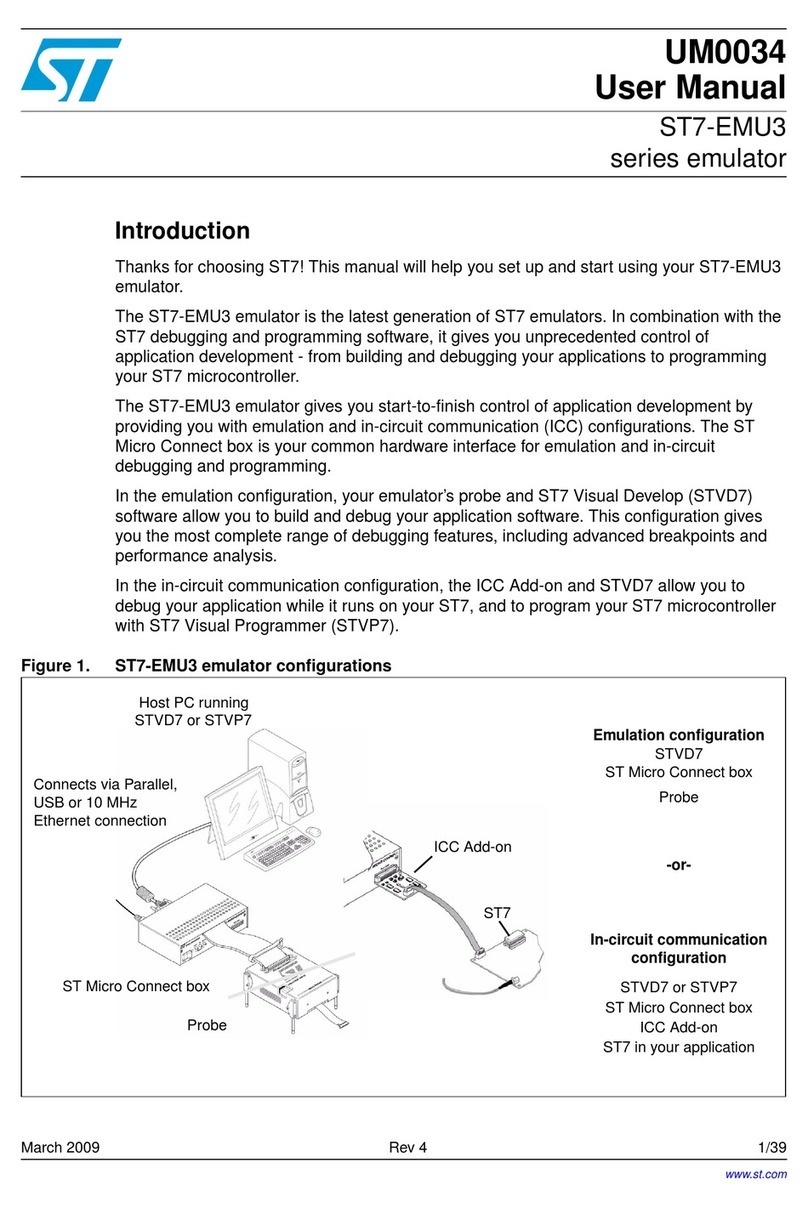
ST
ST ST7-EMU3 Series User manual
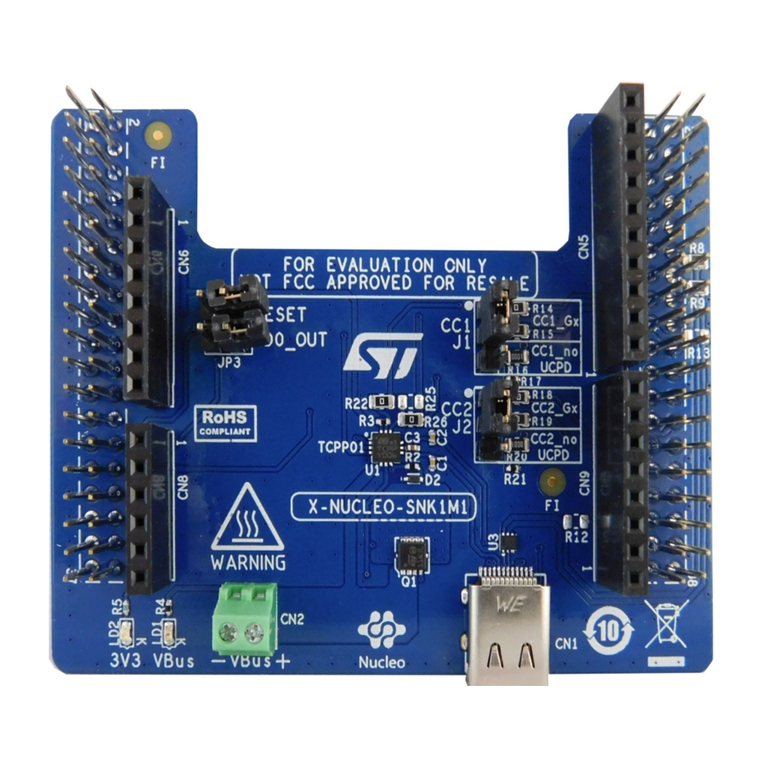
ST
ST X-NUCLEO-SNK1M1 User manual
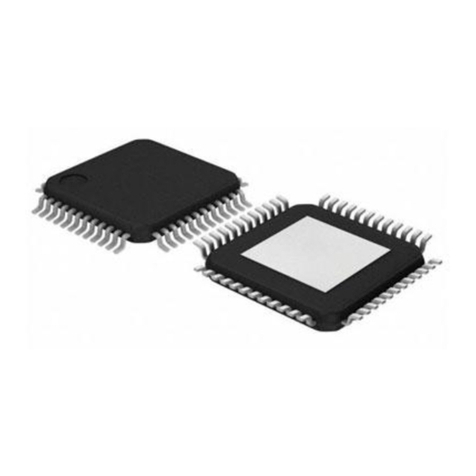
ST
ST UPSD3212A User manual
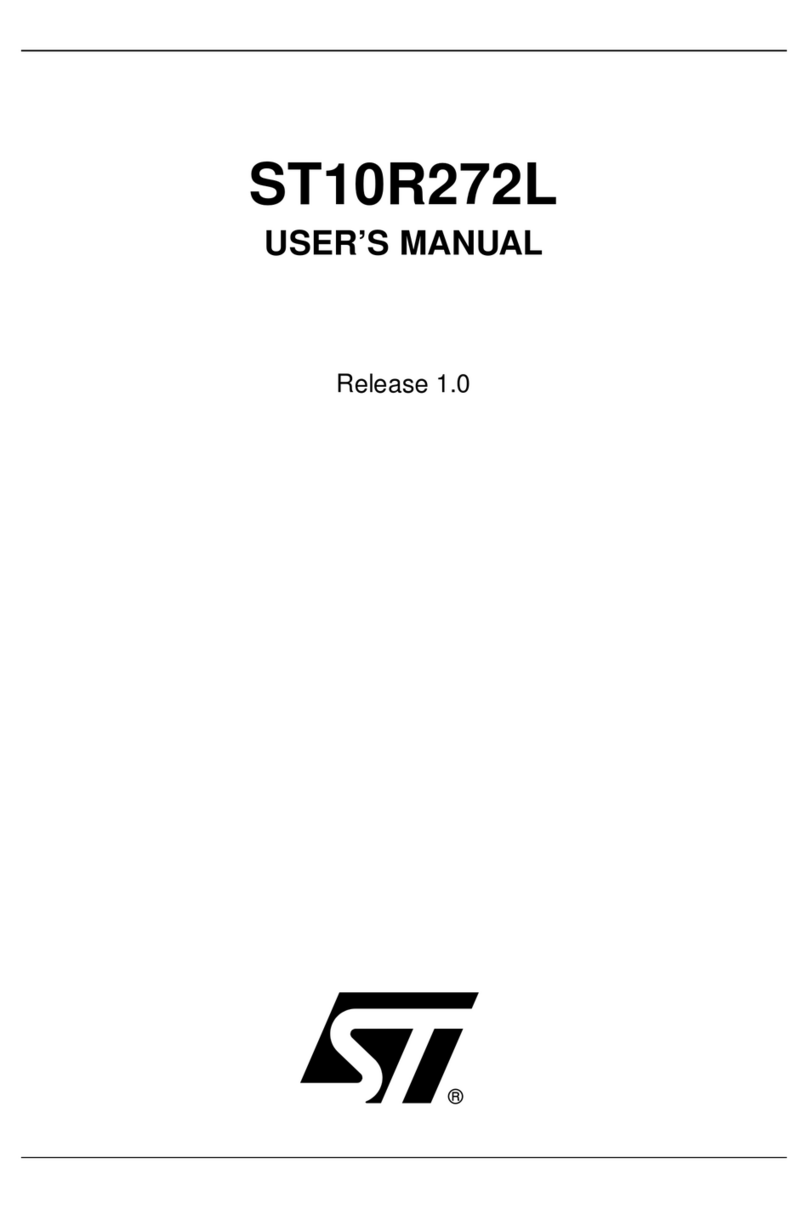
ST
ST ST10R272L User manual
Popular Computer Hardware manuals by other brands

EMC2
EMC2 VNX Series Hardware Information Guide

Panasonic
Panasonic DV0PM20105 Operation manual

Mitsubishi Electric
Mitsubishi Electric Q81BD-J61BT11 user manual

Gigabyte
Gigabyte B660M DS3H AX DDR4 user manual

Raidon
Raidon iT2300 Quick installation guide

National Instruments
National Instruments PXI-8186 user manual

Intel
Intel AXXRMFBU4 Quick installation user's guide

Kontron
Kontron DIMM-PC/MD product manual

STEINWAY LYNGDORF
STEINWAY LYNGDORF SP-1 installation manual

Advantech
Advantech ASMB-935 Series user manual

Jupiter
Jupiter RAM PACK instructions
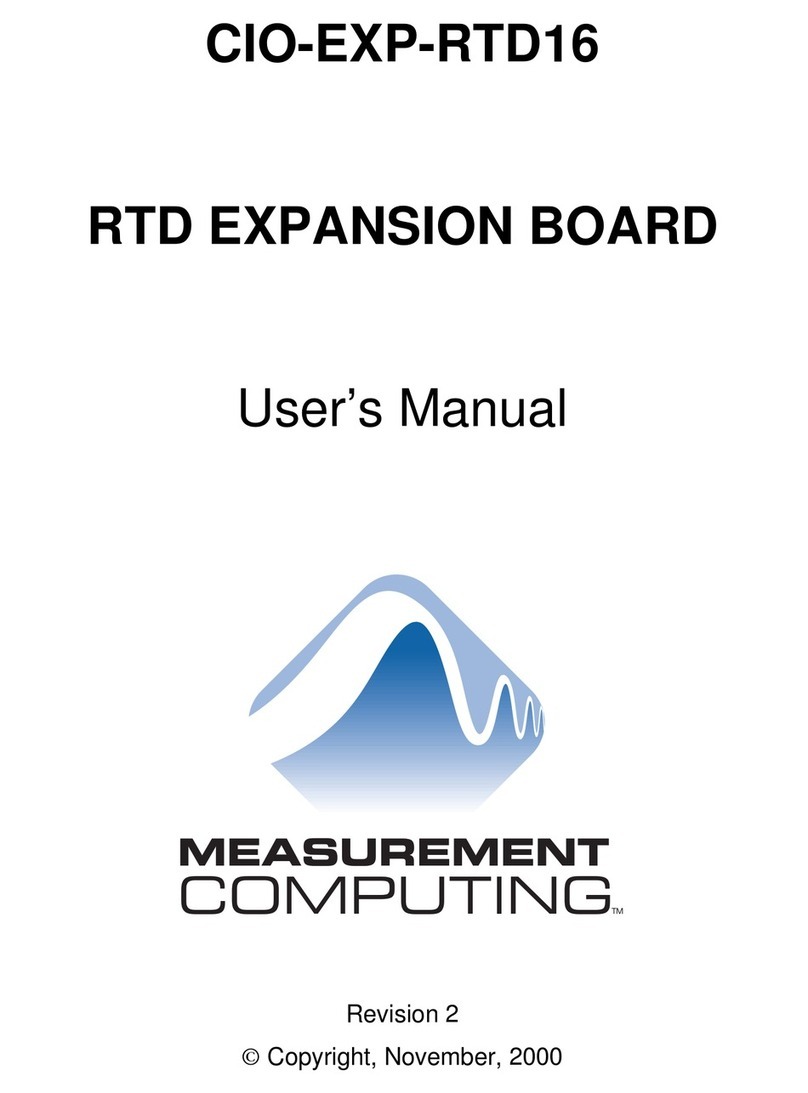
Measurement Computing
Measurement Computing CIO-EXP-RTD16 user manual
